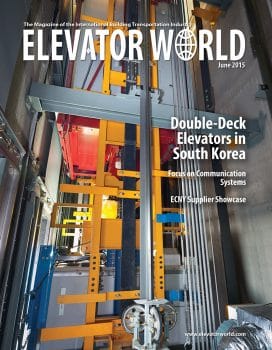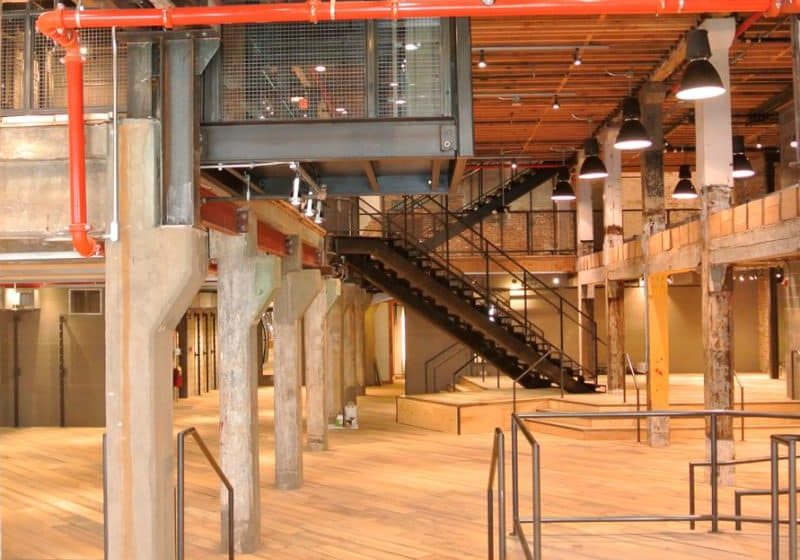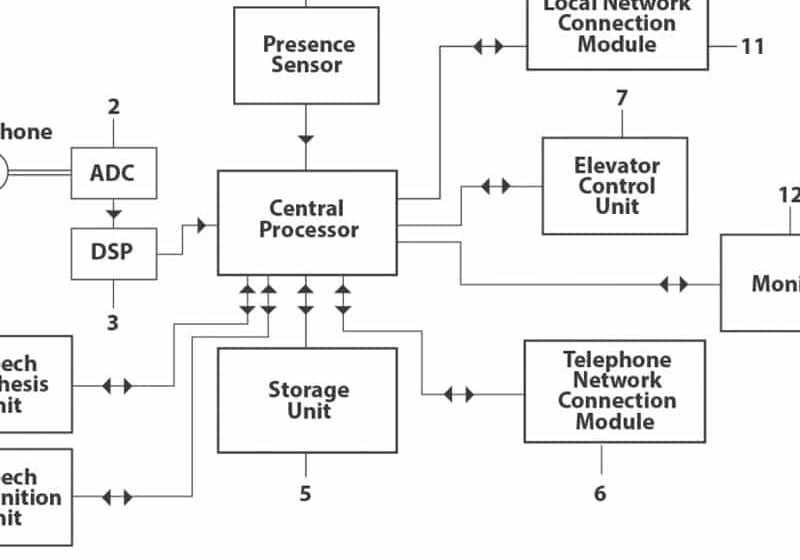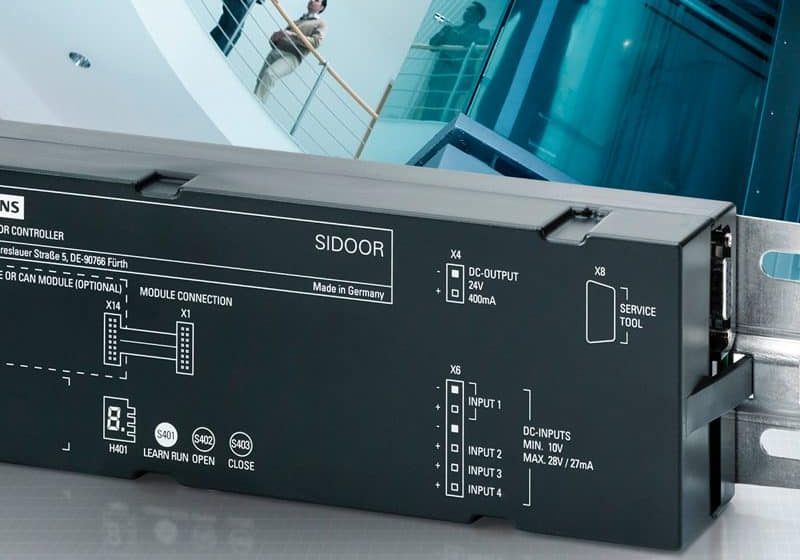How to ensure a building’s emergency-communications system is legal and code compliant
Property managers and building owners are liable for the elevators in their buildings, and they must understand the importance of elevator emergency-communication systems and how to test them to ensure they are running properly. Likewise, it is helpful for elevator contractors to be knowledgeable in all aspects of elevator functionality, including the sometimes-troublesome elevator help phones. This helps to not only decrease liability, but also provides an opportunity to share knowledge with customers. As we all know, what helps our customers, helps us.
If done properly, line sharing works, and is cost effective and code compliant.
The purpose of elevator communications systems is to communicate with authorized personnel in the event of an elevator entrapment or any other emergency in an elevator. Given the importance of having a strong system in place for when things go wrong, there are many requirements all elevator phones must meet. Any elevator phone within buildings that have been built or renovated later than July 1994 must meet all Americans with Disabilities Act (ADA) requirements. Additional codes that elevator phones may be required to meet include American Society of Mechanical Engineers (ASME) codes and the International Building Code (IBC). Elevator communication systems failing to meet these requirements are not considered safety compliant.
An extremely important factor that influences whether an elevator’s communications system is compliant is the emergency phone line. There are elevator emergency communications systems that use a single phone line. This can create a problem when all phones cannot work simultaneously. One phone off the hook can prevent remaining phones from operating properly, often blocking calls completely. Additionally, if operators are unable to call back into individual elevators, this method can be noncompliant with ASME and state elevator codes.
Contrary to mainstream opinion, elevators do not have to have individual, dedicated phone lines to be code compliant. If done properly, line sharing works, and is cost effective and code compliant. In a process that utilizes line-seizure technology, the elevator phone will temporarily take over an existing phone line, such as a fax or access-control line, long enough to complete an emergency call in a time of need, while allowing all codes to be met.
Once the emergency call is complete, the line is released. Additionally, all phones will party line together, enabling simultaneous two-way communication between each elevator cab and monitoring station. As each phone is activated, it sends an identifying signal allowing operators to locate each caller and call back into the elevator if need be, as required by ADA. Kyle Hamilton, vice president of Client Services at Kings III Emergency Communications, states:
“If your method of identifying the cab number and address location of a stalled elevator relies on asking the entrapped passenger where he or she is calling from, you are courting a federal case. The ADA requires that two-way communications devices, like elevator telephones, be accessible to persons with disabilities. If you rely on the passenger to tell you where they are, your process potentially discriminates against hearing- or speech-impaired persons. You must rely on other means such as the phone’s voice location message recording or Caller ID, or some other means of location identification that does not rely on the entrapped passenger being able to effectively communicate with your authorized personnel.”
If your method of identifying the cab number and address location of a stalled elevator relies on asking the entrapped passenger where he or she is calling from, you are courting a federal case .” – Kyle Hamilton, vice president of Client Services, Kings III Emergency Communications
Of course, even if the phone lines are code compliant, there is always the possibility of a malfunction, so testing these routinely is essential. The easiest way to test your elevator involves two testers. However, when using only one tester, be sure to lock out one elevator. Here are the steps involved in testing to ensure elevators are ADA, ASME and IBC compliant:
- Activate at least two elevator phones at approximately the same time. At this time, test that each phone in use at the same time is able to carry on a two-way conversation with emergency operator(s). If only one or neither of the calls goes through, one call connects but is disconnected when the second phone is activated, the phones will not dial out or the calls can be completed but the parties cannot hear each other, the phones cannot be considered code compliant and, therefore, fail the test.
- If the phone lines pass step 1, ask the operator to identify your location and cab numbers as required by ASME. If the operator cannot do this, the test is failed.
- Test the onsite emergency responder’s phone. This is typically required if the elevator rise is 60-plus ft. ASME requires that emergency personnel be able to call directly back to the elevators without “intentional delay,” so routing through a switchboard or an automated attendant is not an option. Emergency-responder phones are generally located at a guard station on the main egress level or in the fire-control room. If the elevator phones cannot be called back directly, the test is failed.
Once all aspects of the test are passed, the tester can be assured the elevator emergency-communications system is both working properly and code compliant.
Get more of Elevator World. Sign up for our free e-newsletter.









